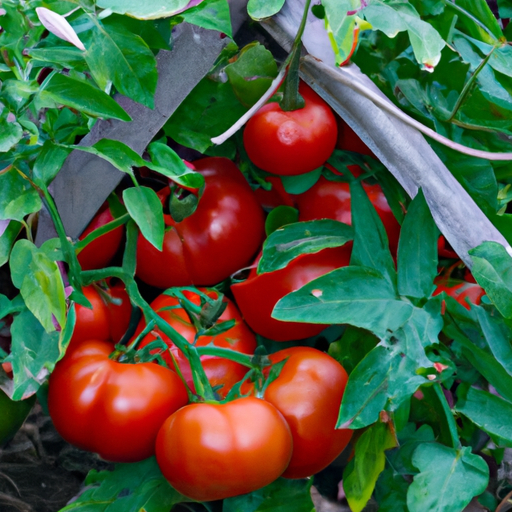Introduction
Plant stakes are essential tools for gardening enthusiasts. They provide support and stability to plants, helping them grow upright and preventing them from bending or breaking under the weight of their foliage or fruit. In this comprehensive guide, we will explore everything you need to know about plant stakes and how they can benefit your garden.
What are Plant Stakes?
Plant stakes are long, slender rods or sticks made from various materials such as wood, bamboo, metal, or plastic. They are inserted into the ground next to plants to provide support and keep them upright. Plant stakes come in different lengths and thicknesses to accommodate various plant sizes and growth stages.
Why Use Plant Stakes?
Using plant stakes offers several advantages for gardeners. Here are some key benefits:
1. Support: Plant stakes provide support to plants with weak or fragile stems, preventing them from bending or breaking due to their weight or external factors like wind or rain.
2. Alignment: Staking plants helps maintain proper alignment, ensuring that they grow vertically and evenly. This is particularly important for plants with vining or sprawling growth habits.
3. Protection: By keeping plants upright, stakes protect them from potential damage caused by contact with the ground, pests, or diseases.
4. Improved Air Circulation: Staking plants allows for better air circulation around the foliage, reducing the risk of fungal diseases and promoting healthier growth.
Types of Plant Stakes
There are various types of plant stakes available, each with its own advantages. Here are a few commonly used ones:
1. Wooden Stakes: These are traditional and cost-effective stakes made from natural wood. They are sturdy and can be easily customized to fit different plant heights.
2. Bamboo Stakes: Bamboo stakes are lightweight, eco-friendly, and durable. They are an excellent choice for supporting young plants and delicate stems.
3. Metal Stakes: Metal stakes, such as steel or aluminum, are strong and long-lasting. They are ideal for heavy or large plants that require extra support.
4. Plastic Stakes: Plastic stakes are lightweight, affordable, and resistant to rot and weather damage. They are suitable for supporting smaller plants or seedlings.
How to Stake Plants
Staking plants correctly is crucial to ensure their proper growth and support. Here’s a step-by-step guide:
1. Select the Right Stake: Choose a stake that is appropriate for your plant’s size and needs. Consider the material, length, and thickness of the stake.
2. Insert the Stake: Place the stake next to the plant, ensuring it is deep enough to provide adequate support. Avoid damaging the plant’s roots during this process.
3. Tie the Plant: Use soft plant ties, twine, or fabric strips to secure the plant to the stake. Make sure the ties are not too tight to allow for natural movement and growth.
4. Monitor and Adjust: Regularly check the plant’s growth and adjust the ties or stakes as needed. As the plant grows, you may need to move the ties higher or replace the stake with a longer one.
Conclusion
Plant stakes are indispensable tools for any gardening enthusiast. They provide essential support, alignment, and protection to plants, ensuring their healthy growth and preventing damage. By understanding the different types of plant stakes and how to use them correctly, you can enhance your gardening experience and enjoy thriving, upright plants in your garden.




